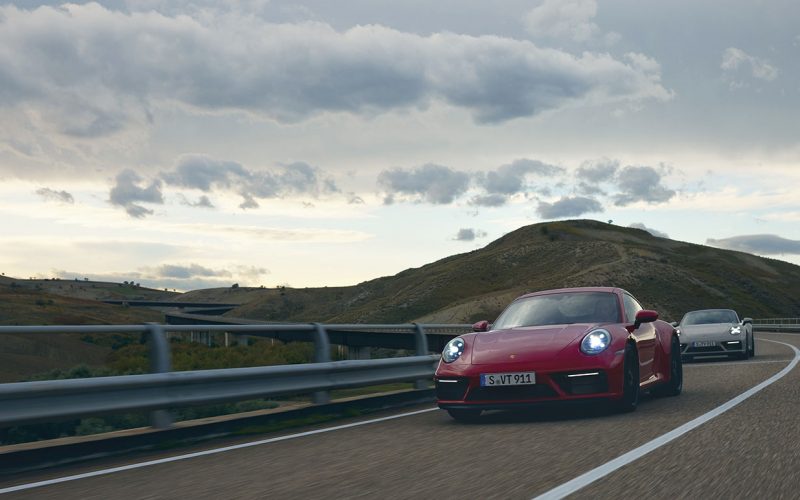
Reading Time: 5 minutesThe fabulous 911 GTS is back, and just like in 2019, the last time Porsche offered
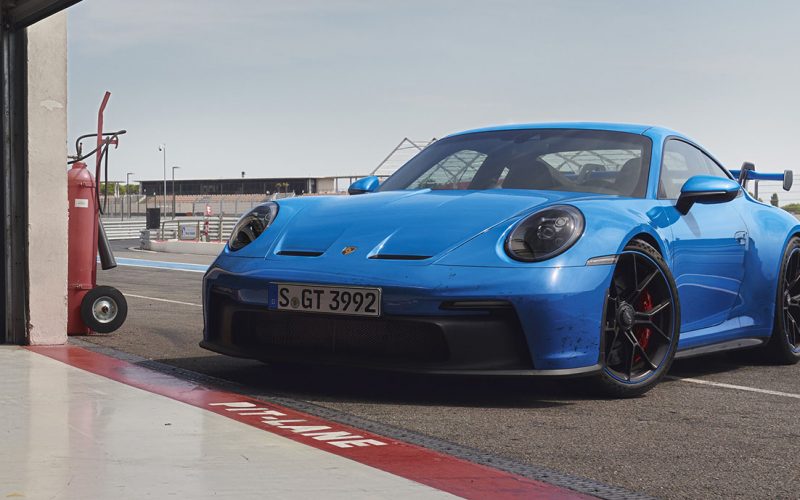
Reading Time: 5 minutesPorsche Canada has just released pricing for the all-new 502-horsepower 2022 911 GT3, which will start
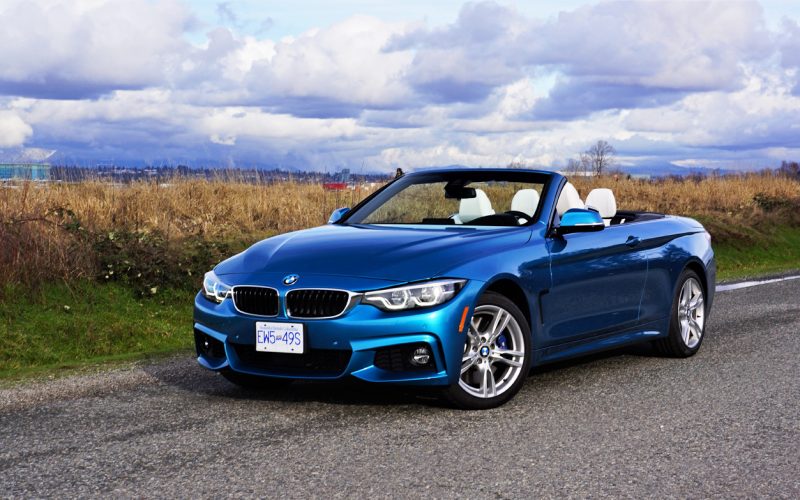
Reading Time: 10 minutesAfter doing an exhaustive preview of the 2021 G80 M3 Sedan and G82 M4 Coupe that
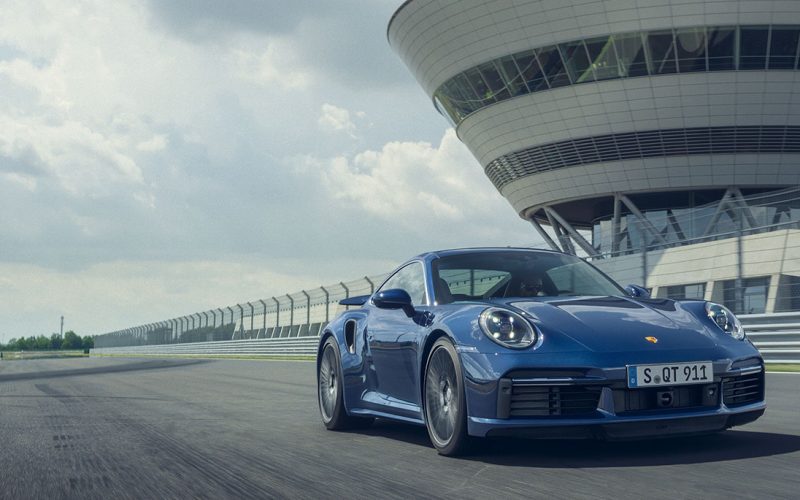
Reading Time: 4 minutesPorsche wowed performance car fans with its shockingly quick 2021 911 Turbo S back in April,
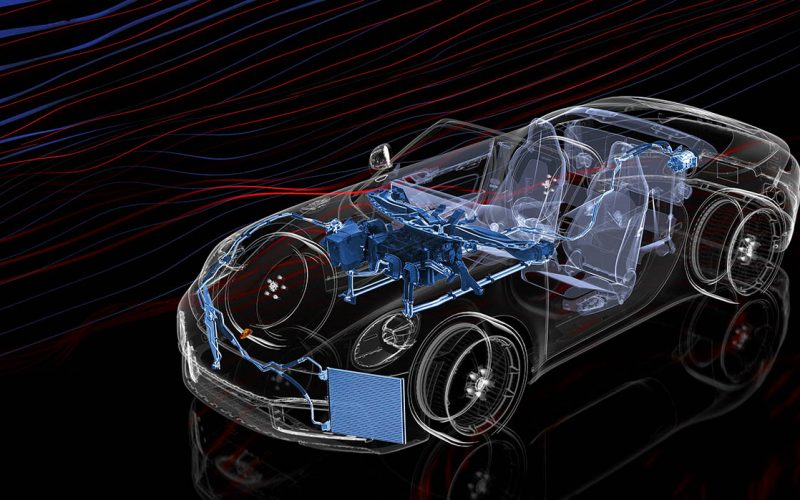
Reading Time: 2 minutesLooking at today’s Porsche 911 makes it hard to believe its predecessors once used no-draft windows
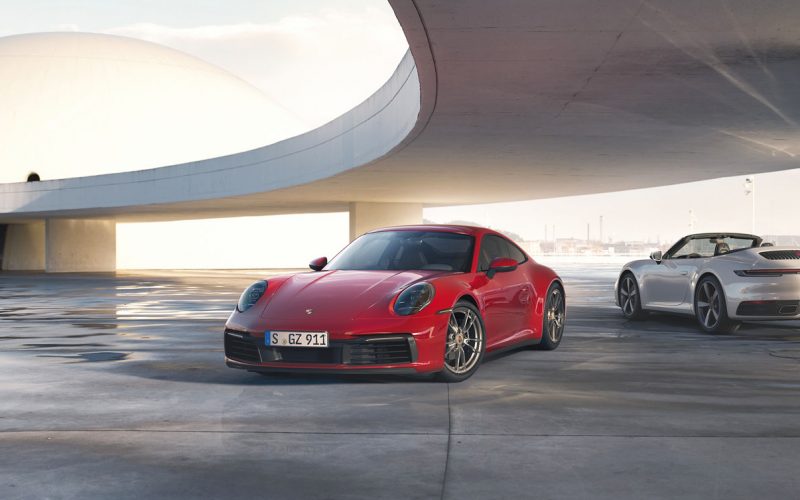
Reading Time: 4 minutes“Winter temperatures, precipitation, and snowfall will be above normal,” says The Old Farmer’s Almanac in this
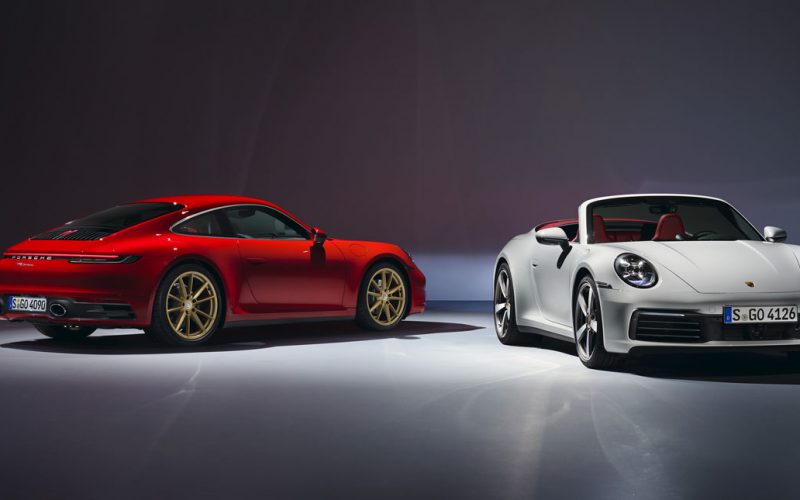
Reading Time: 4 minutesIf you don’t know about the all-new eighth-generation 2020 Porsche 911 yet, where have you been
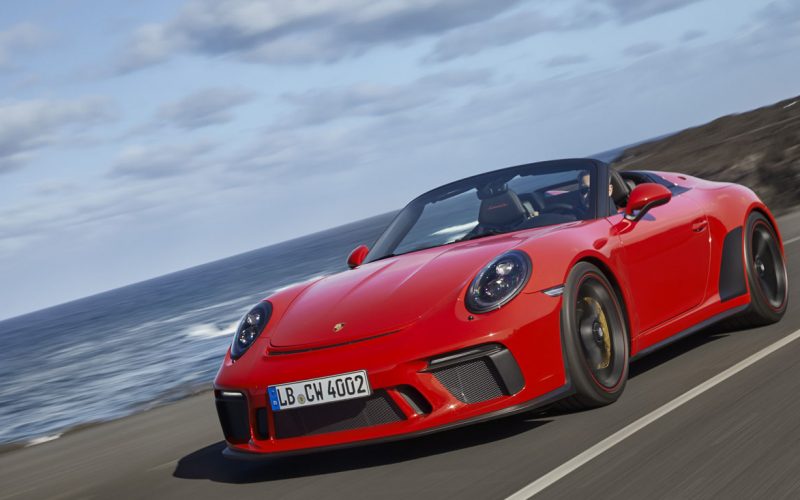
Reading Time: 5 minutesPorsche celebrated its 70th birthday by launching a sensational rendition of its first ever car, the
© 2025 The Car Magazine. All Rights Reserved, Privacy Policy | Terms of Use